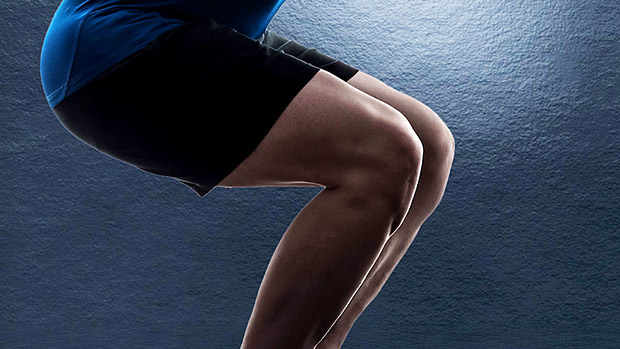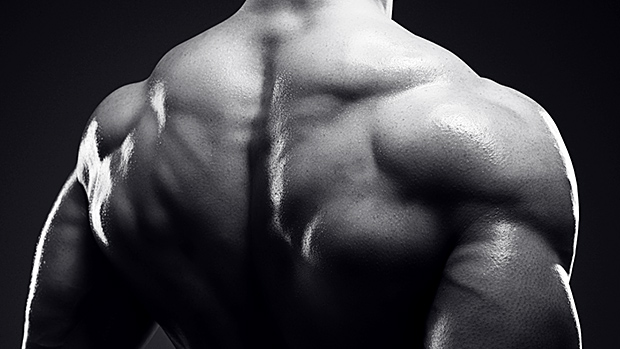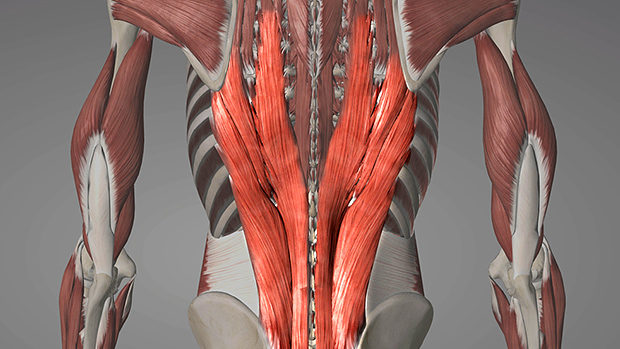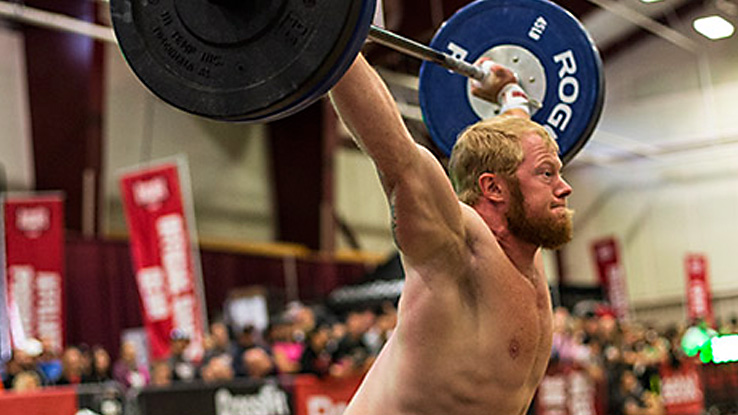Good Partials, Bad Partials
If you're a serious lifter you probably get heated just thinking about those who don't squat with a full range of motion. Partials are a blacklisted movement in the lifting community.
And it's no wonder. The quarter-squatter seems to be the PR-seeking ego lifter who's never squatted to depth (parallel or beyond) with any amount of weight. His form is usually awful, and he should be working on mastering the squat before telling everyone about the new PR.
But this association between partials and the typical quarter-squatter is unfortunate because there's evidence that supports the use of partial squats... in conjunction with the use of full squats. Here's a look at that evidence.
The Squat Study
Researchers recruited 17 college-aged men with at least a year of resistance training experience and a 1RM back squat that was at least 1.3 times their body mass. Subjects were split into two groups: one group performed full depth (crease of the hip below the knee) every set during the intervention and the other group split their sets between full squats and partial squats.
Both groups did a similar three week familiarization/training period of two sessions a week performing full depth squats for 3-4 sets of 8. After this period they had a week of baseline testing.
They then trained 2 days a week for 7 weeks in their specific group protocol before a final week of post-testing. Their 1RM for the partial and full squat was recorded before and after the 7-week training intervention. Peak isometric force at squat depths at knee angles of 90 degrees and 120 degrees were recorded.
The Results
The 1RM squat increased on average by 5.1% in the full-depth squat group and 8.2% in the full depth plus partial squat group. No significant differences were seen between groups though.
No significant differences were seen in the 1RM of the partial squat, however, the full depth squat group increased on average 10.2% compared to the 14.9% seen in the full plus partial squat group.
Isometric peak force was increased at a greater percentage in the full squat group at 90 degrees of knee flexion. Isometric peak force was increased to a greater percentage in the full squat plus partial squat group at 120 degrees of knee flexion.
Things To Note
While work volume between the groups was similar, the full squat plus partial squat group made up some of the total work it lacked via bar displacement by exercise intensity. So on average this group’s training was about 4% more intense over the course of the study.
What It Means To You
Don't exchange full squats for partial squats in your training, but do some partial squatting in addition to full squats. This is especially important if you're trying to improve your full squat strength.
For athletes, the benefit of partials is the ability to apply a greater load to the range of motion that may be used in your sport (similar to using bands as variable resistance to load the end portion of ROM).
If you're looking to add in some extra squat variations and possibly a more sport-specific movement to your routine, partial squats may be a helpful addition. Use them as a training tool, not a way to stack another 100 pounds on the bar.
Reference
- Bazyler, CD, Sato, K, Wassinger, CA, Lamont, HS, and Stone, MH. The efficacy of incorporating partial squats in maximal strength training. J Strength Cond Res 28(11): 3024–3032, 2014





